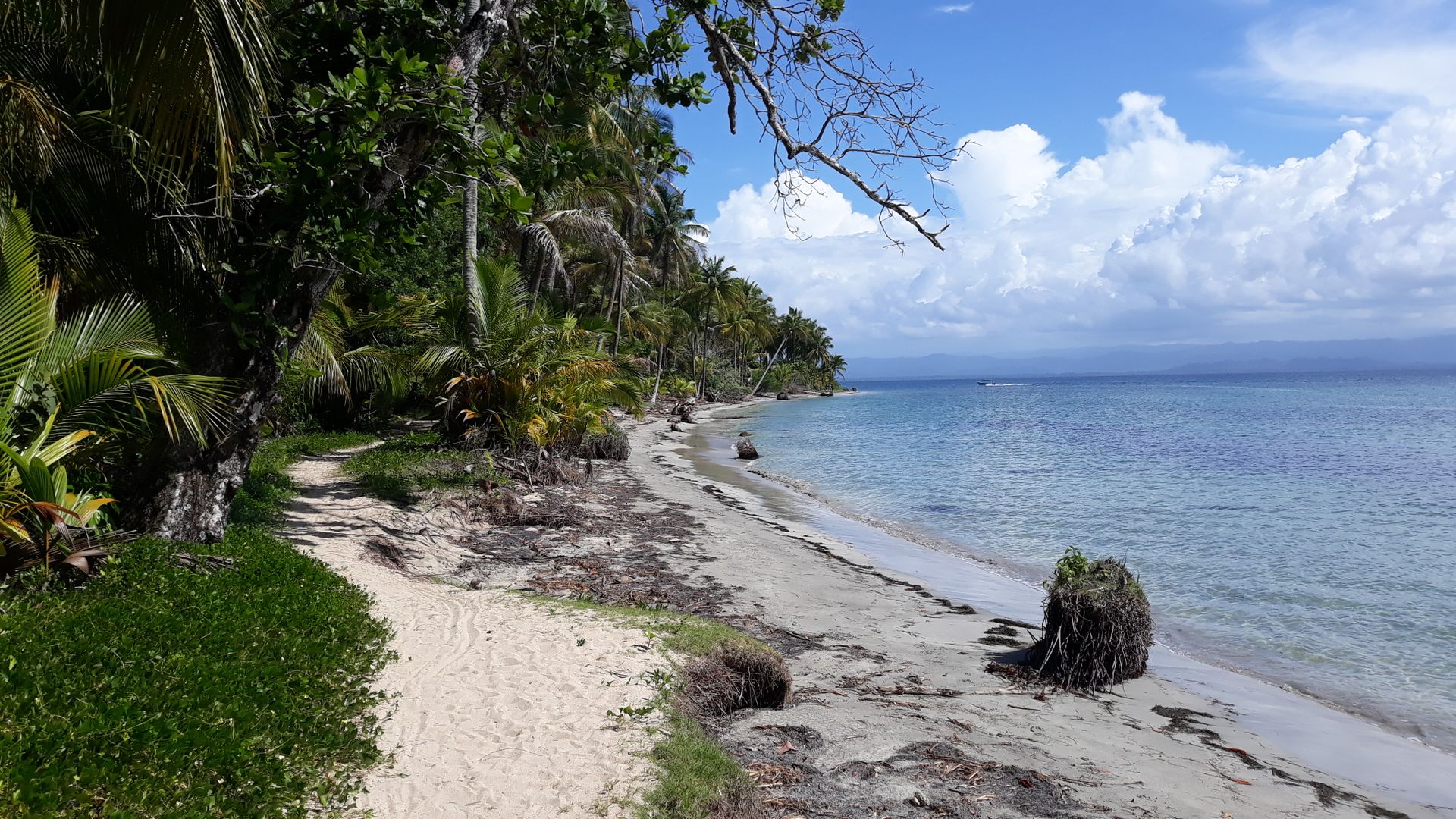Outside the tourist center
Weşandin: 07.03.2019
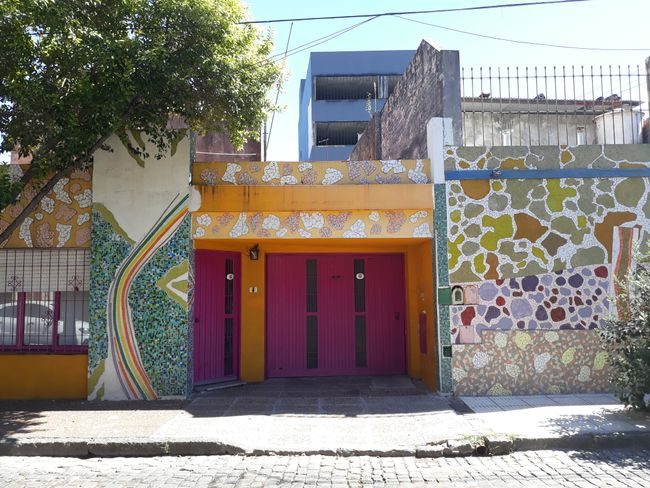
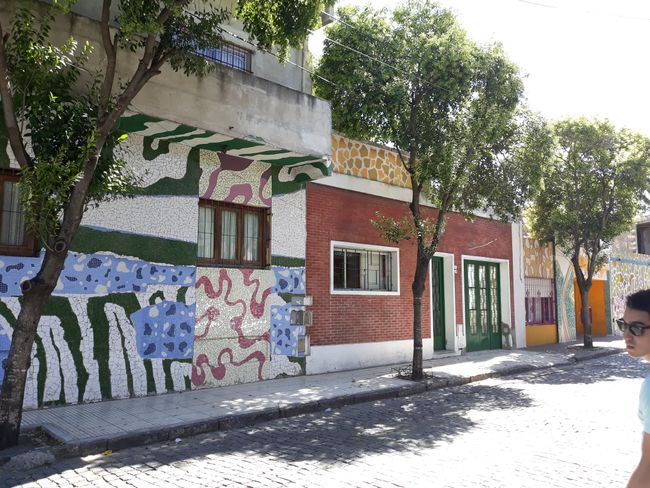
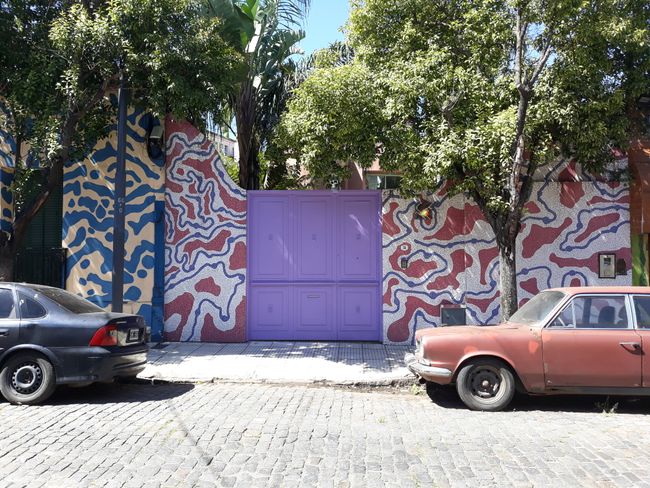
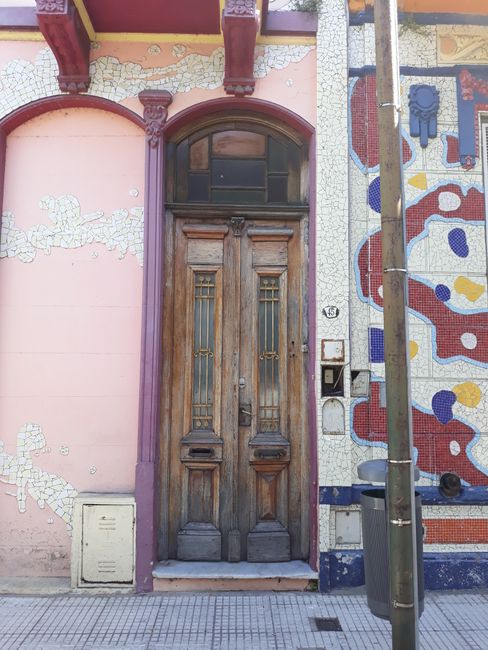

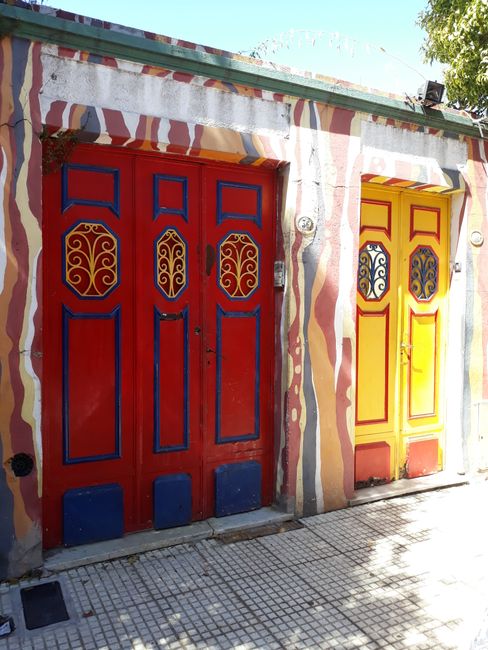
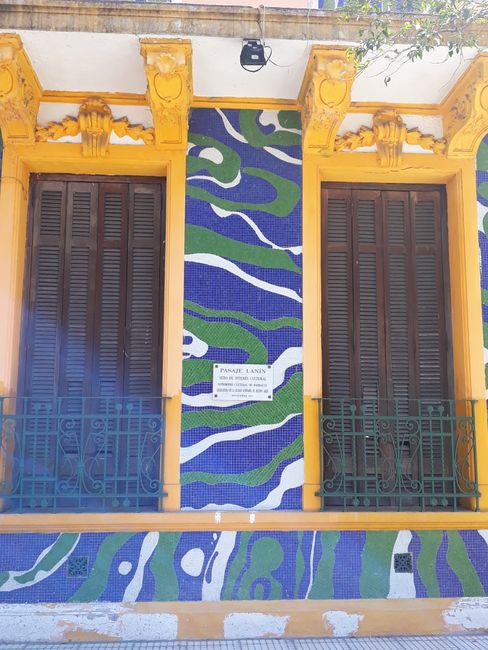
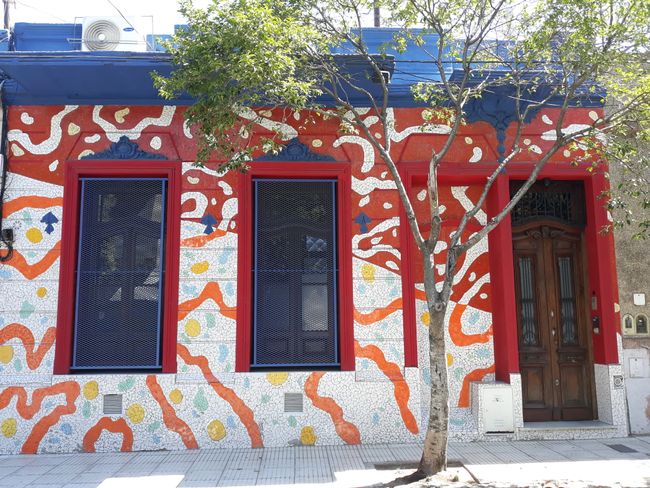
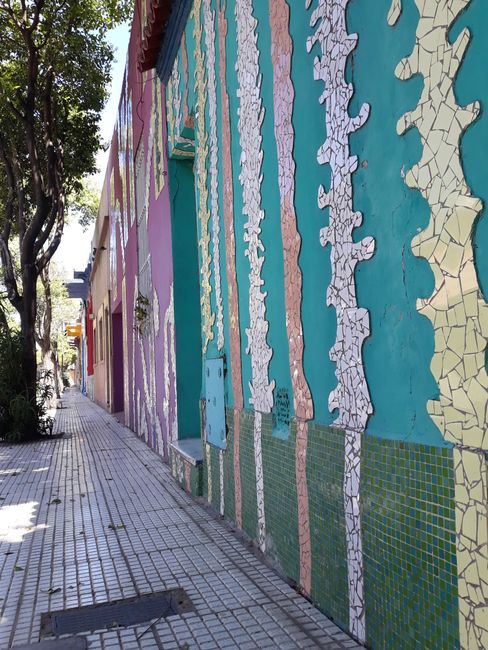
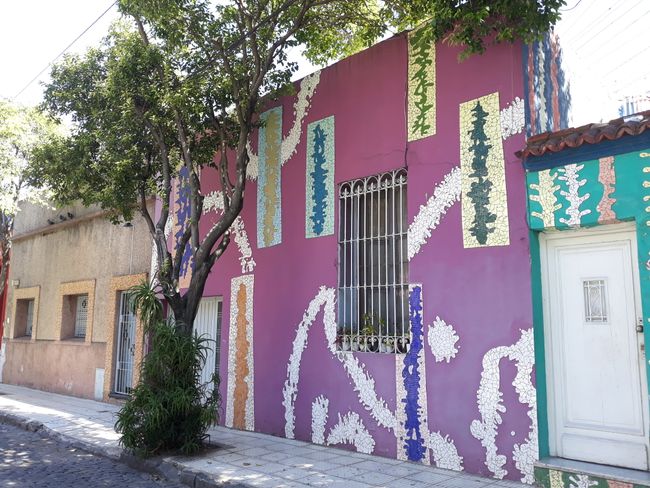
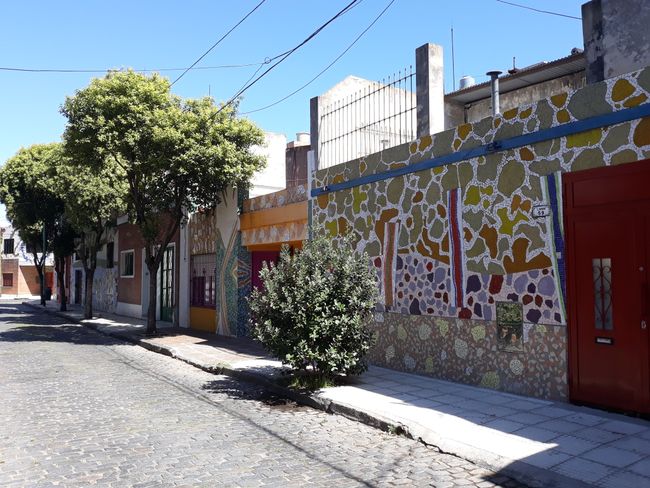
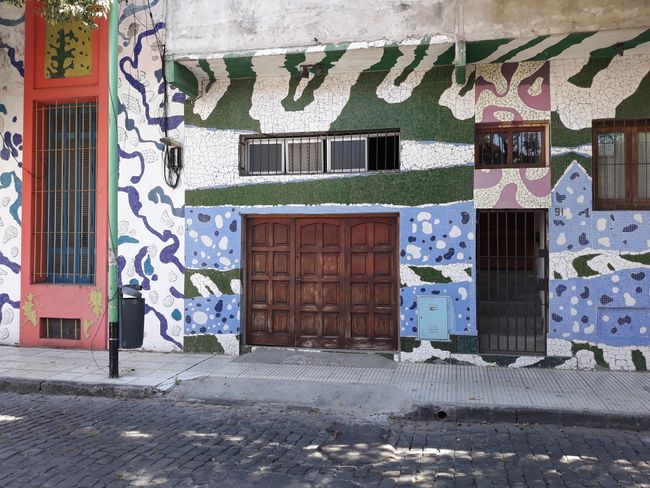
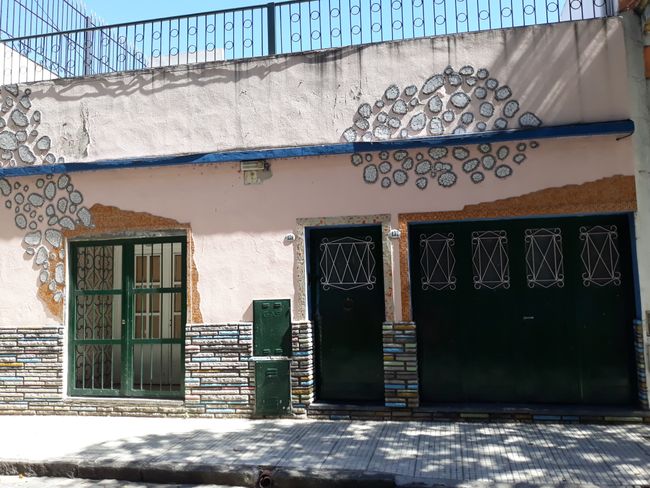
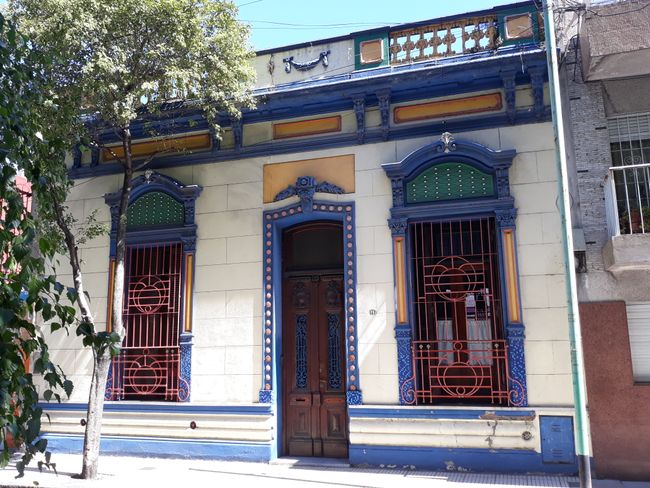
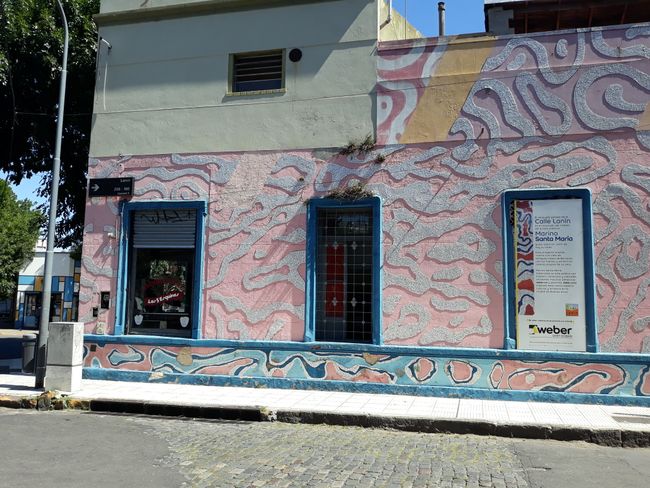
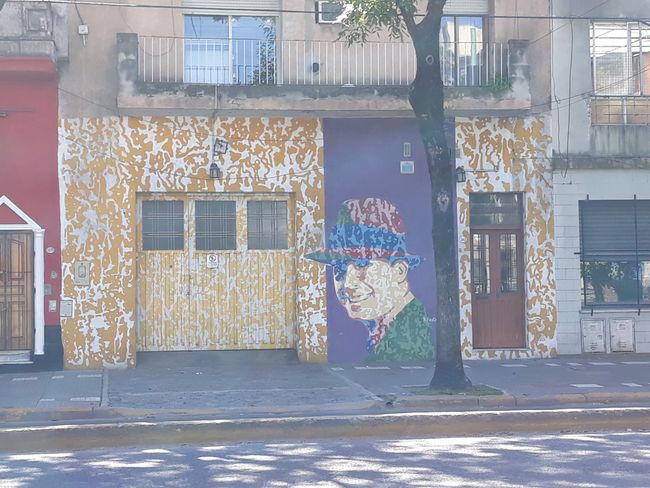
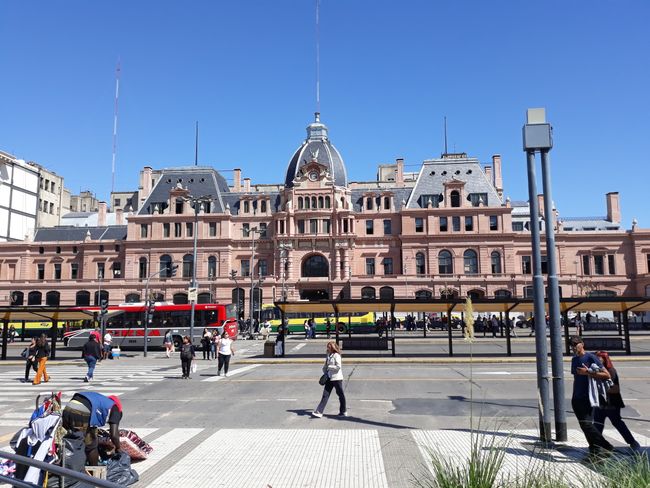
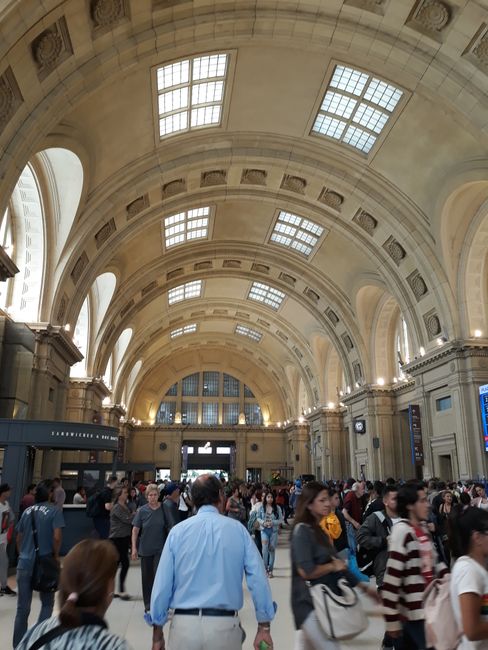
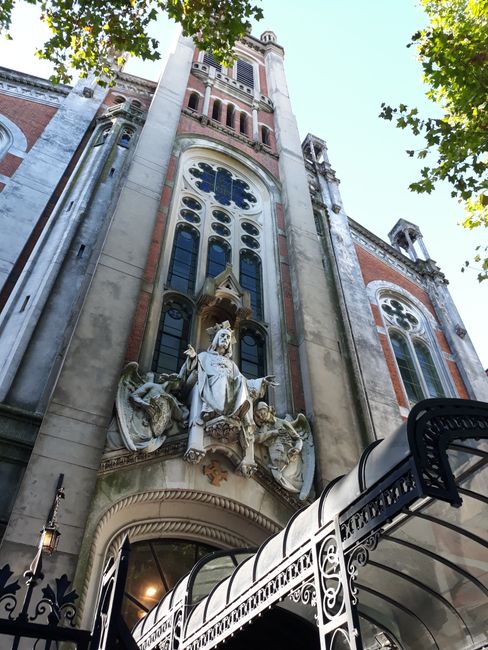
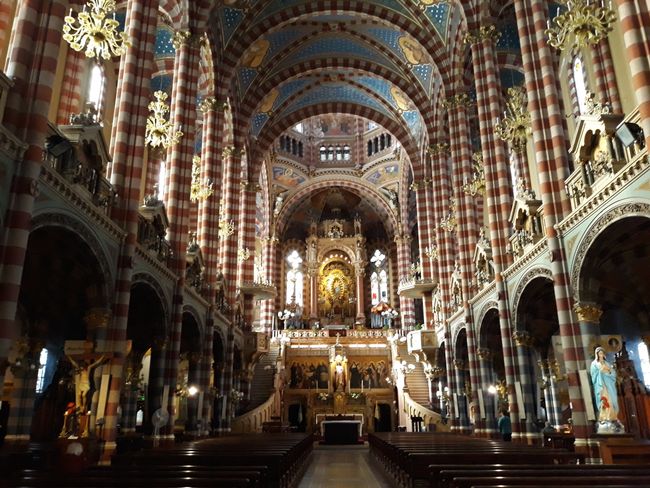
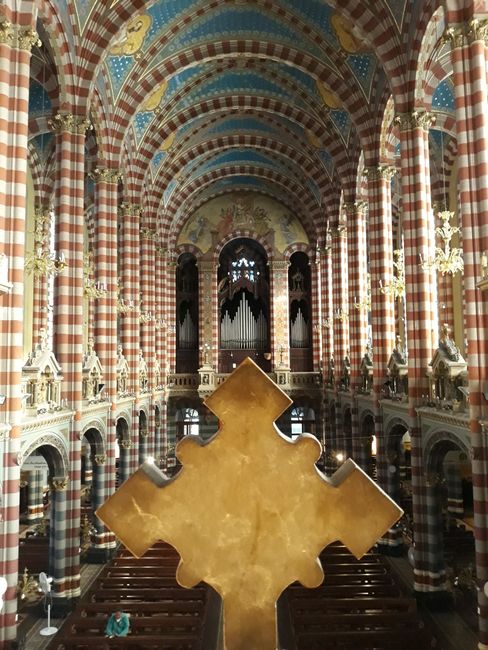
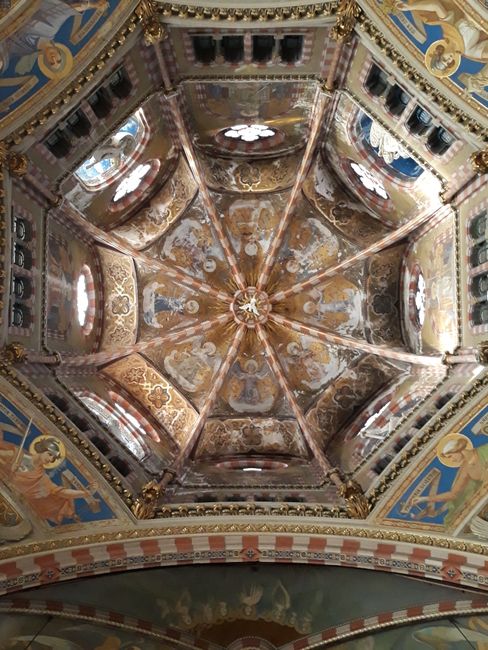
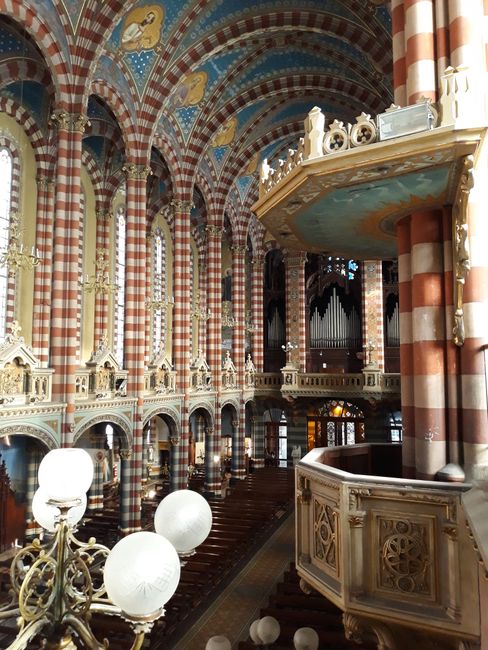
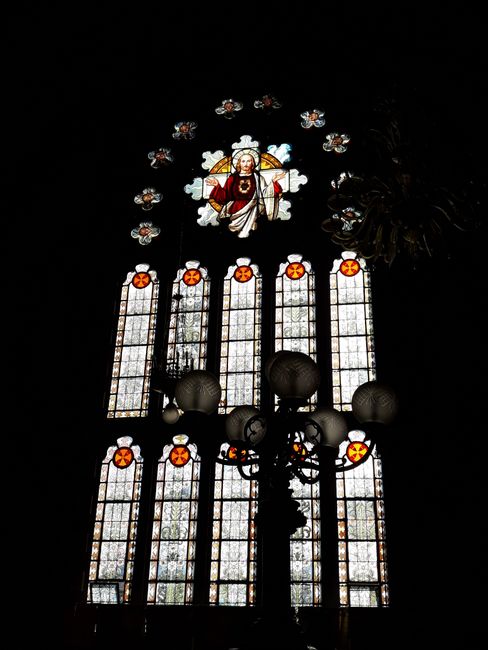
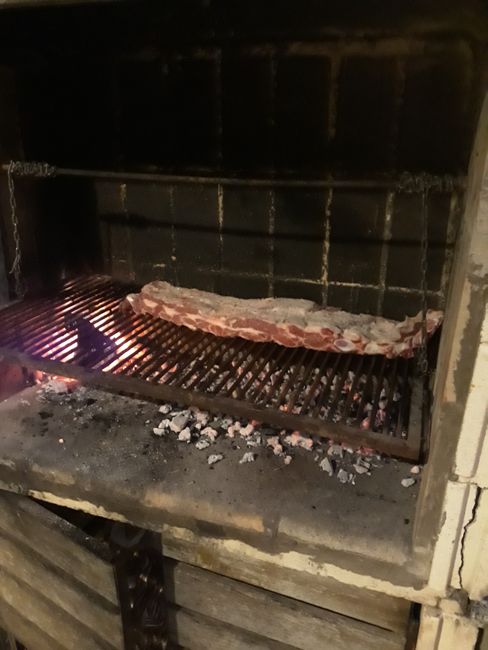
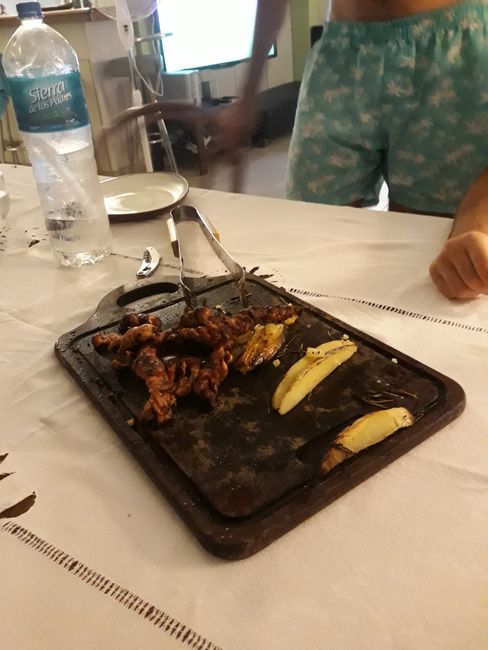
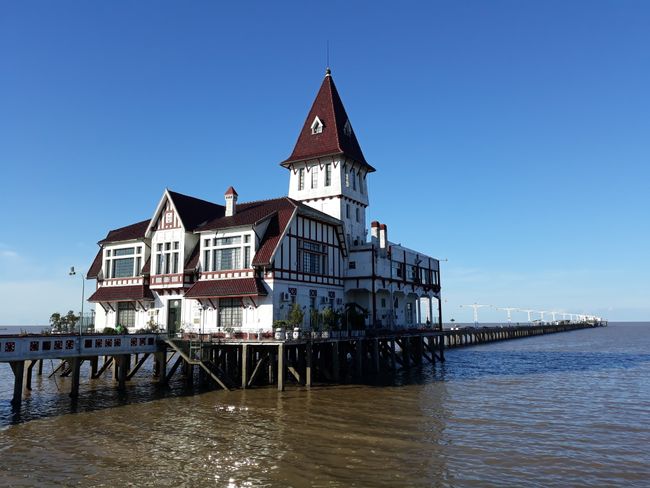
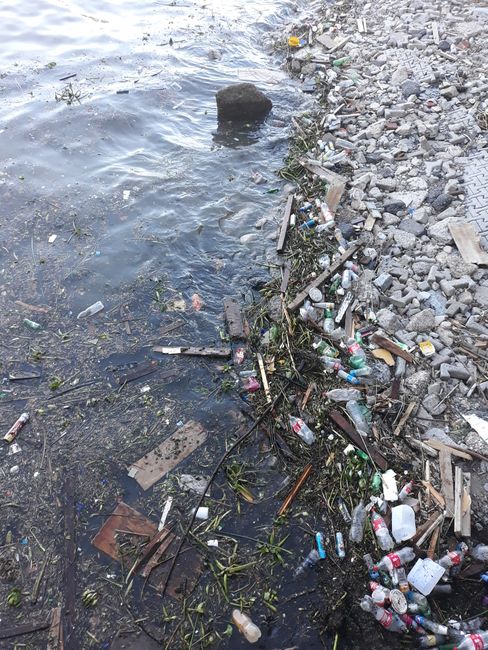
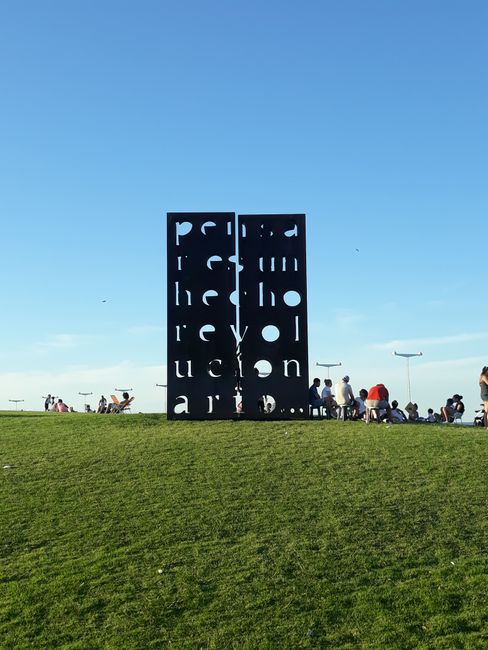
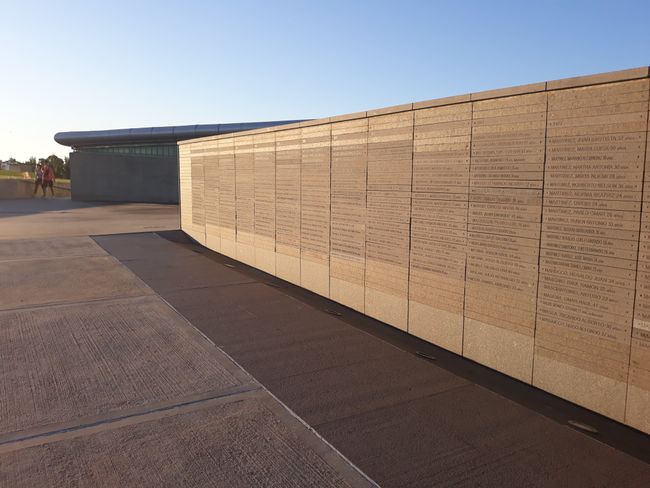
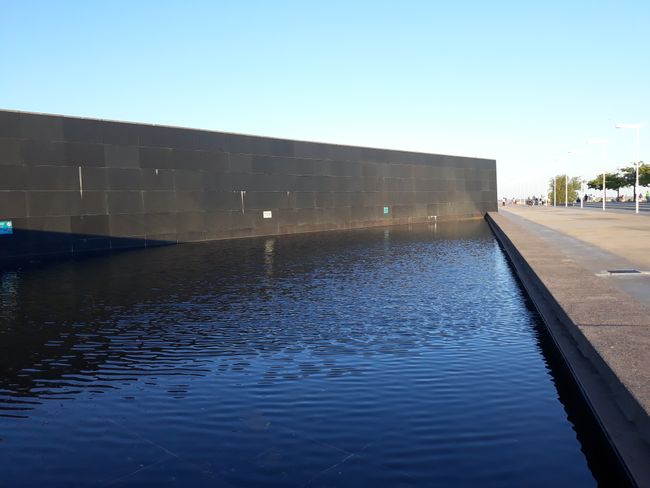
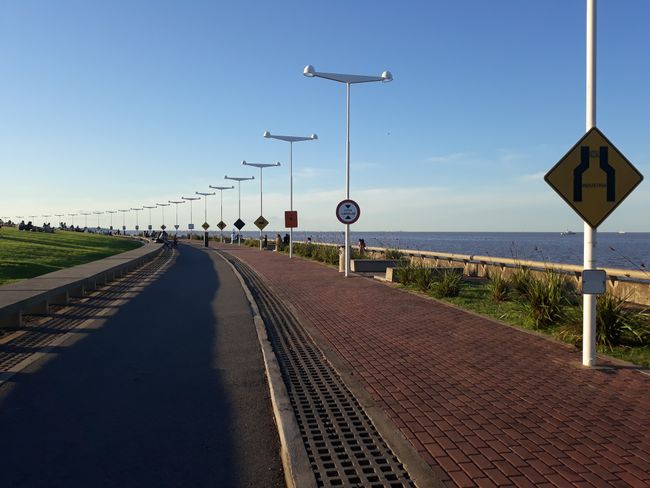
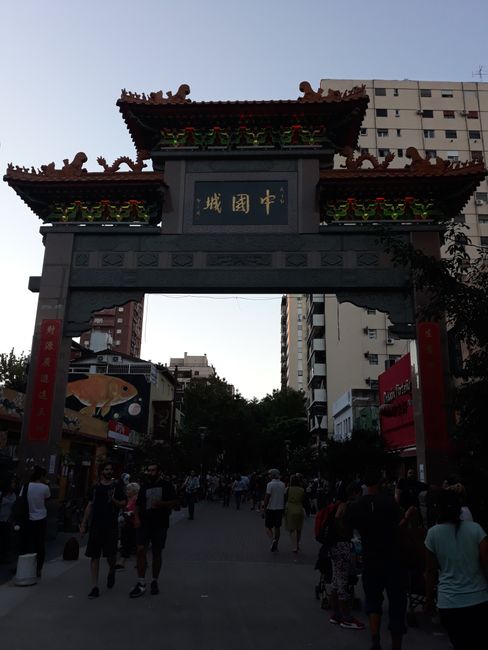
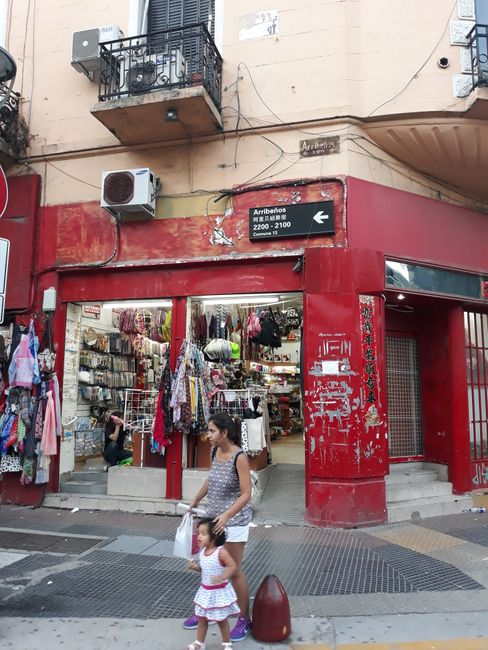
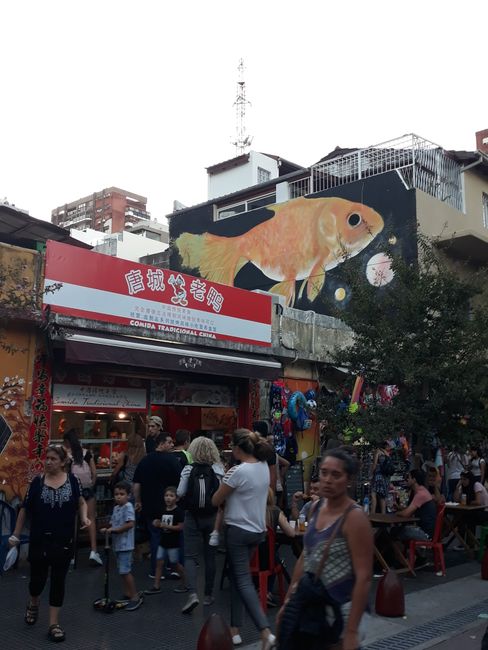
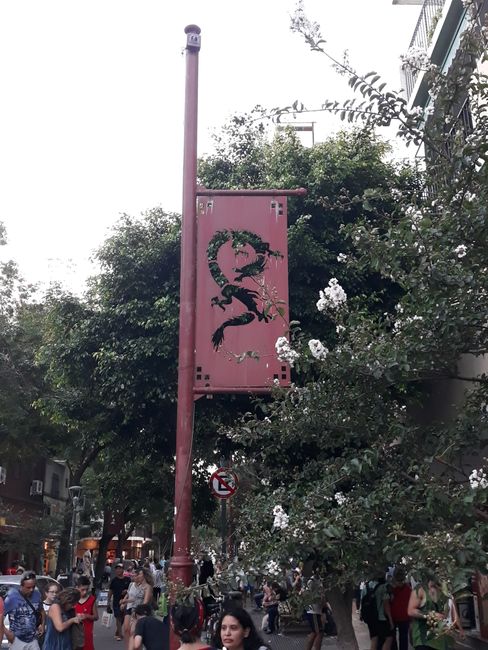
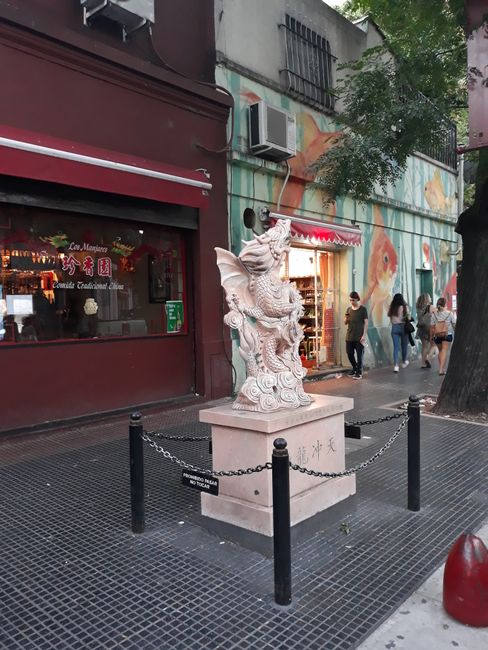
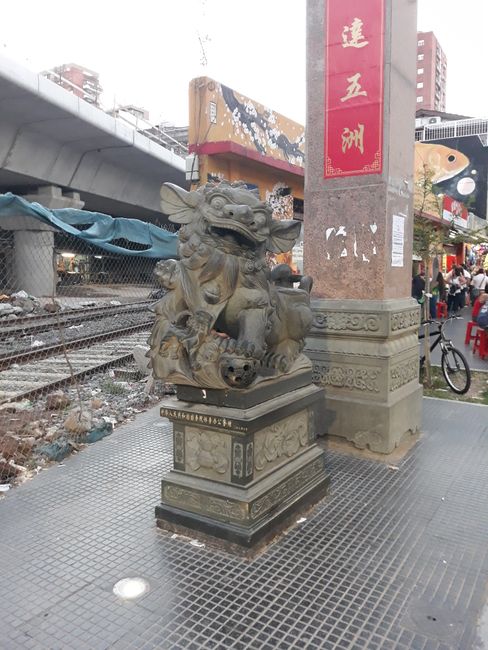
Subscribe to Newsletter
Anyone can visit the most famous sights of a city. Everyone does that when they only stay in a place for a short time before traveling on. However, since I had a whole five weeks in the Argentine capital, I didn't have to write priority lists, but could visit everything I wanted to see.
Among the non-touristic attractions, Calle Lanín in the neighborhood of Barracas is particularly noteworthy. When I told my boss that I wanted to go there, he wanted to talk me out of it right away, as this neighborhood is definitely not safe. After brief conversations with other colleagues about it, Hector finally agreed to come with me so that my boss could feel a little more reassured. We took the subway to Constitución station, from where we took a taxi. Already on the train, it was very noticeable that these city residents are a completely different type. People were pushing and shoving, many wore sweatpants, and some had signs for demonstrations, so there was no free space left on the subway. In Calle Lanín itself, there was not a soul to be seen. This is due partly to Barracas' bad reputation and partly to its distance from the tourist city center. Even on our way back, we had hardly any opportunities to hail a taxi because there were hardly any taxis passing by. However, I really liked the colorful houses in Calle Lanín and it was much more pleasant to walk along this street than the overcrowded Caminito.

The second non-touristic attraction I visited is the Basilika Maria Auxiliadora y San Carlos in the Barrio Almagro. I can only say that it is the most colorful and beautiful church I have ever seen from the inside! It is definitely worth the trip and the walk of a few blocks. However, you should check the opening hours beforehand so that you don't need two attempts like me to enter. You should also be very careful with your belongings during this visit and take a taxi if you don't want to have the unpleasant experience of almost being robbed like me. On the way back from the basilica, a man came towards me, walking a little distance away between Hector and me. I only saw that he was staring at my bag and my phone in his hand like crazy, started walking faster, and kept walking towards me so that he physically pressed me against the fence next to me. As a reflex, I quickly took my bag in my hand and fled from the gap between the man and the fence and ran away. Fortunately, he didn't follow us. Admittedly, in the first moment afterwards, I laughed because I thought I had overreacted and mistaken an innocent man for a thief. For a moment, I even felt embarrassed and guilty about my reaction. However, Hector later told me that he also saw that this man had already reached out his hands to my bag and that thieves in South America don't commit their crimes secretly like in Europe. Most of them also carry a knife or a gun. In Germany, we mainly know it that thieves use crowded places to secretly steal something from the bag. Here it is a little different: The criminals here don't care if they are seen and recognized or how many people are nearby. Ironically, this man was even wearing a reflective vest. In the end, nothing happened and I grew from the experience.
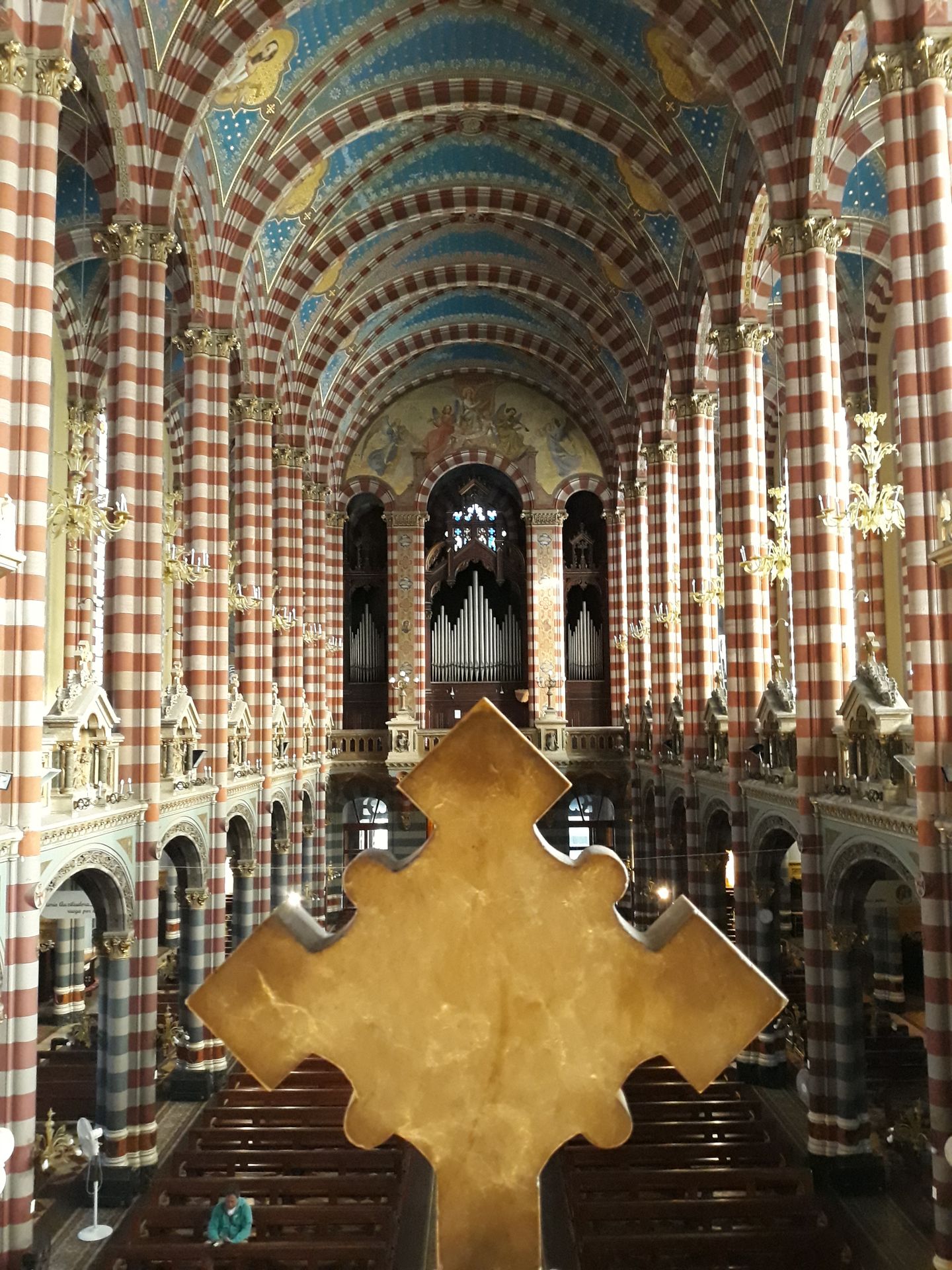
A third, somewhat more distant place I visited is Lamos de Zamora. There I visited my Argentine friend Julian, with whom I was in a 16-bed dorm in Pucón. The two other Germans and the Australian I had met there were also visiting. On this evening, we grilled delicious asado with Julian's other friends, which took several hours and is like a little event for Argentinians, and drank the best wine.
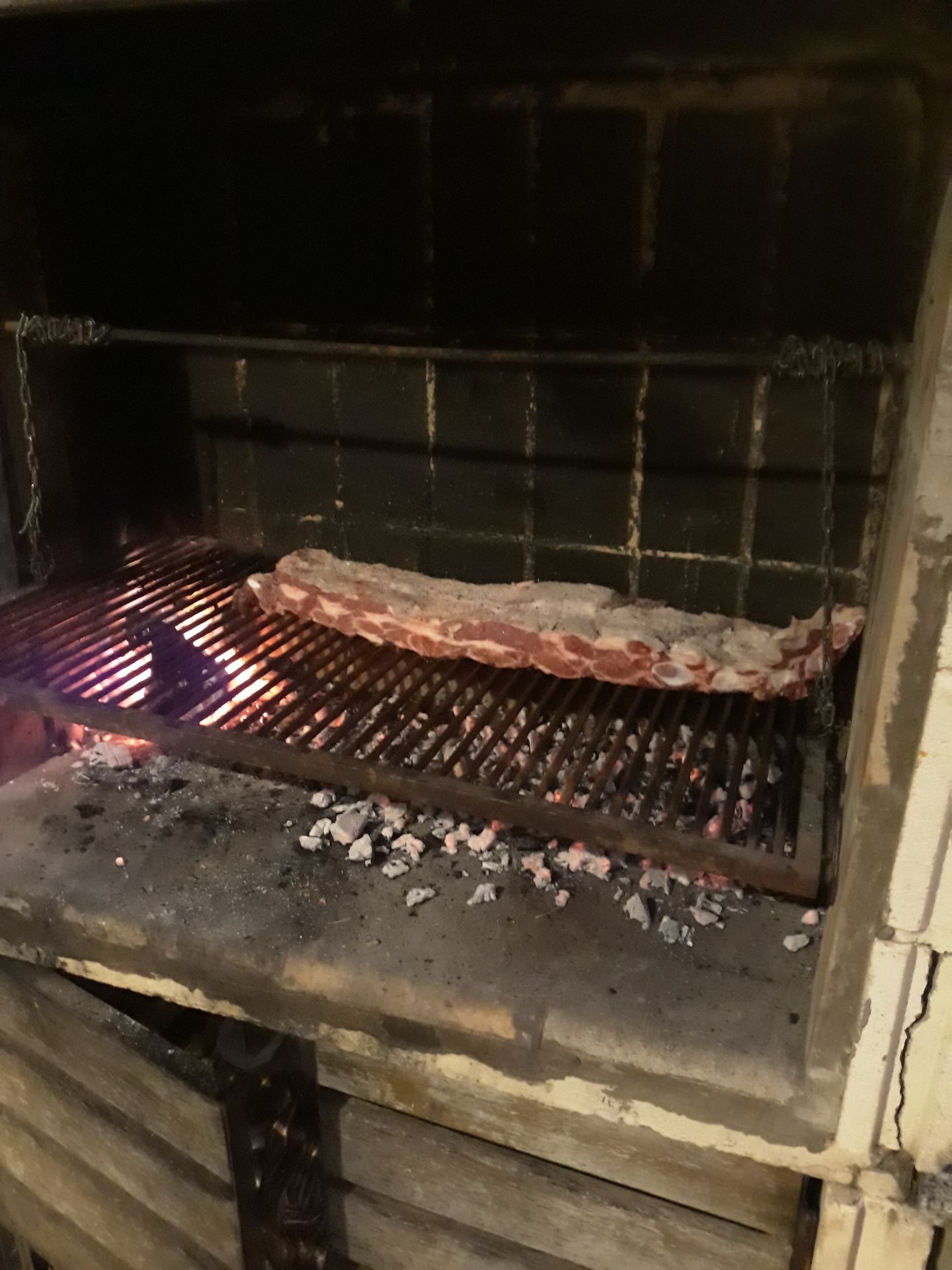
The last noteworthy places, which are usually visited less by tourists, are Parque de Punta Carrasco and Parque de la Memoria. However, this is definitely due to their distance. Both are located on the coast of the Río de la Plata and are not easily accessible by bus or train. I took a taxi to Parque de Punta Carrasco, where I could see the beautiful white restaurant El Muelle de Pescadores
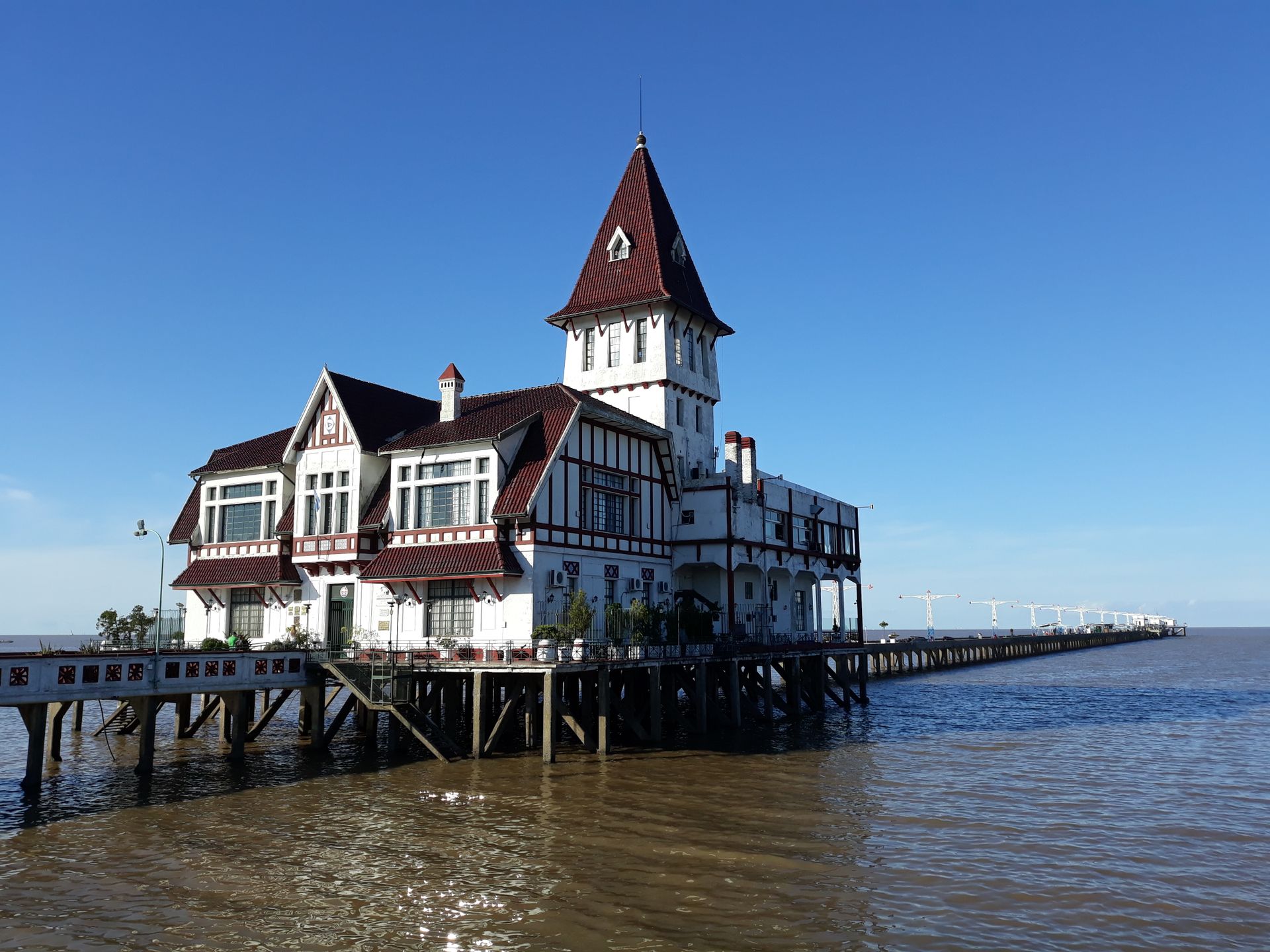
From there, I wanted to walk along the coast to Parque de la Memoria, which is more than 4km away. Unfortunately, I was disappointed because a visual barrier had been set up between the sidewalk and the river, possibly due to restoration work. So, for a good three-quarters of an hour, all I could see as I walked was the local airport on my left. In the end, Parque de la Memoria was unfortunately not a highlight either. It commemorates the victims of state terrorism with long concrete walls on which a total of 9000 names are engraved, including countless people between 20 and 30 years old, and is very beautifully designed. However, there was nothing new to see after 10 minutes. What bothered me a little was, on the one hand, all the Argentinians who, in my opinion, devalued the significance of this place by, for example, letting their children climb on the individual sculptures in the park. On the other hand, the few other tourists also shocked me a little, as some of them took cheerful pictures of each other with the names of the victims of death as a background.
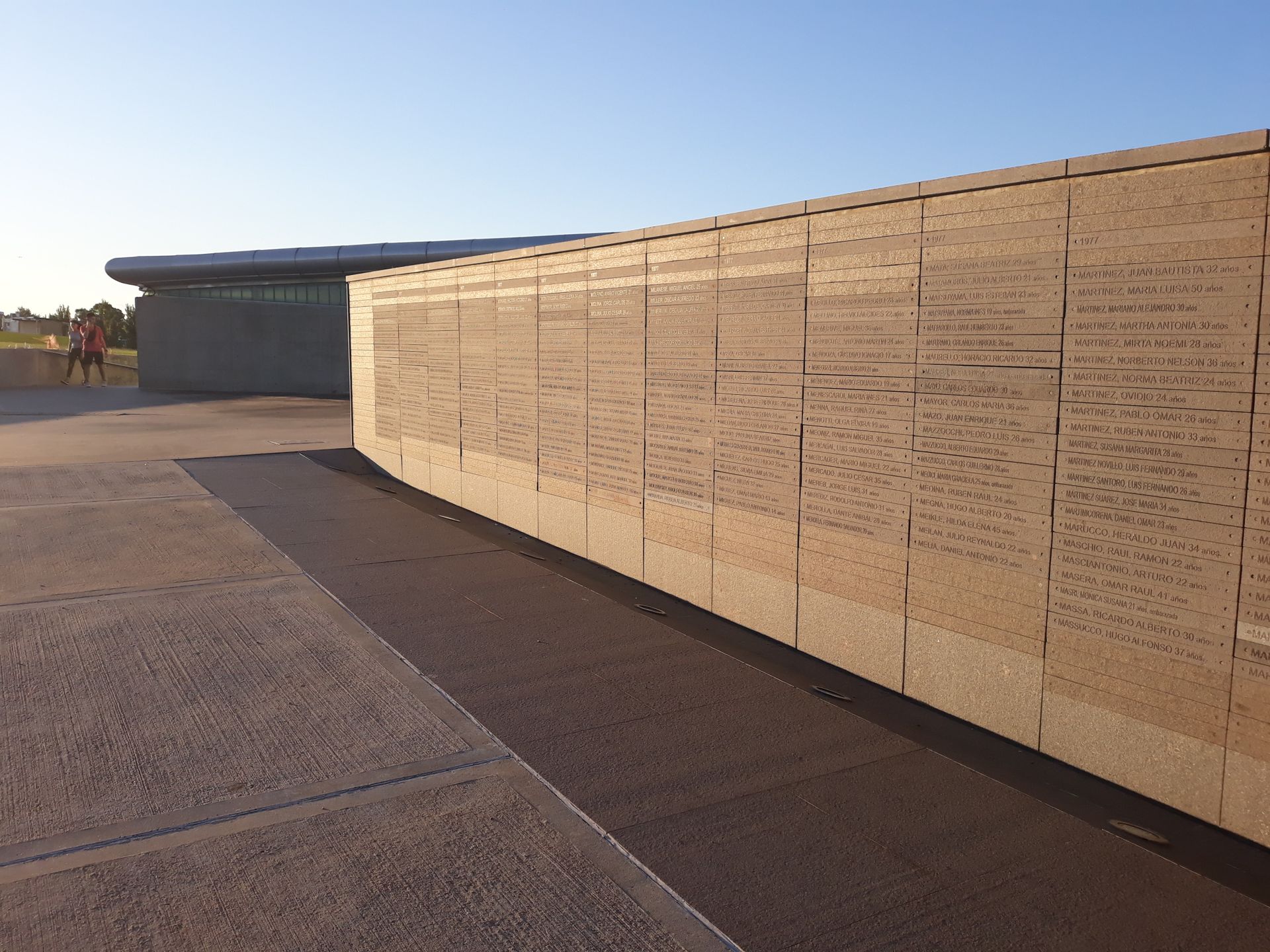
After visiting this park, I finally took a taxi to the next somewhat distant place in Buenos Aires, to Chinatown. There, you could actually see mostly Chinese people walking along the street. In addition to Chinese supermarkets, there were also Chinese restaurants, fast food restaurants, souvenir shops, and beauty salons.

Subscribe to Newsletter
Bersiv (2)
Martina
Endlich 😊 gibt es mal wieder eine Zusammenfassung der letzten Wochen. Es wurde auch Zeit 🧐. Hört sich spannend an und deine Erfahrungen heben sich erheblich von denen der „normalen“ Touristen ab. Schön dass du uns auf deine Reise mitnimmst 😘Selina
Haha das ist schön zu hören, Martina. Über Buenos Aires schreibe ich noch 2-3 Beiträge. Habe schon Entwürfe dazu erstellt, bevor es mit Uruguay weiter geht😉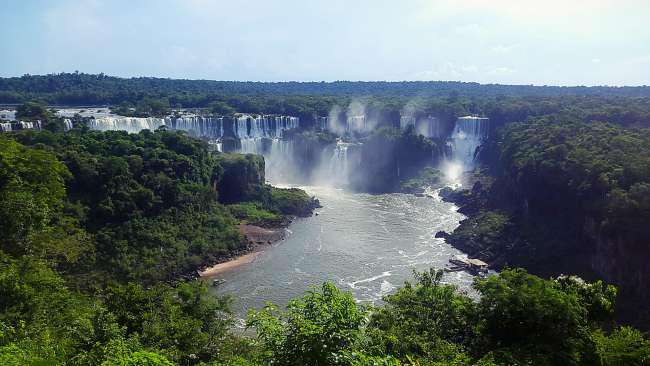
Raporên rêwîtiyê Arjantîn
